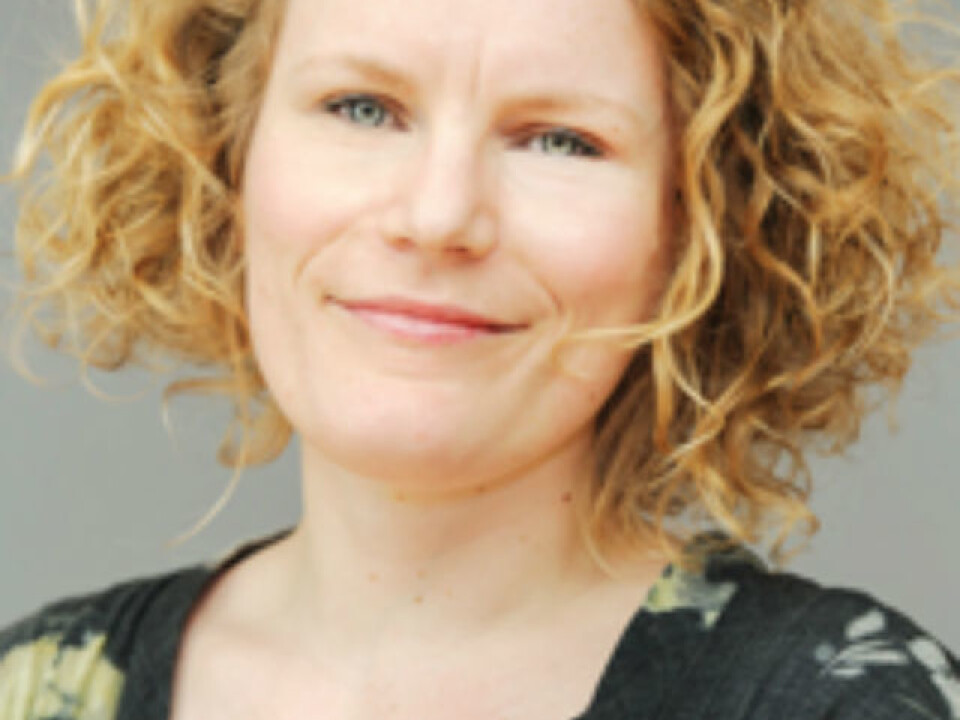An article from University of Oslo
Medical practice increases the risk of suicide
Patients who have tried to kill themselves with an overdose of prescription drugs, are prescribed even more medication after the attempt.
Denne artikkelen er over ti år gammel og kan inneholde utdatert informasjon.
Researchers were surprised to discover that the patients' medication load increased even more after their attempt to poison themselves. This was equally true for medication against both mental and somatic illness.
The study, conducted at the University of Oslo, Department of Psychology, involves patients who were admitted to three Norwegian hospitals after deliberate self-poisoning.
The researchers collected information about the patients' medication from The Norwegian prescription database in order to compare the medication load in the year before and after the poisoning episode.
Both a benefit and a risk
“It's a well established fact in suicide research that easy access to some means of commiting suicide, like medication, increases the risk that a person in a suididal crisis will make the attempt to kill themselves,” says postdoc Bergljot Gjelsvik, the first author behind the study.

It's also well known that prescription of medication, for both mental and physical illness, has increased dramatically over the last couple of decades. The researchers wanted to find out more about the possible connections between these factors.
“Medicines are inherently ambiguous in the sense that they're meant for therapy, but they can also be used for self-destruction,” Gjelsvik points out.
In an earlier study, Gjelsvik and fellow researchers found that the majority of patients who are admitted to hospital with deliberate self-poisoning, have used medication prescribed to them in their poisoning episodes.
Expected limited access
About 90 percent of patients admitted to hospital after attempted suicide have tried to poison themselves. Therefore it's evident that limited access to medication is important to prevent suicide.
There is a high risk of new poisoning incidents in the time following the first attempt. The researchers consequently expected a decrease in medication load for this group after the hospitalisation. Instead they found that the patients in the study had access to even more medication after the suicide attempt.
“We don't know the reason why these patients get more medication after the self-poisoning episode, but some possibilities come to mind,” says Gjelsvik. “It's possible that the hospitalisation has alerted their doctor to problems which were not apparent before, and which mean that the patient is in need of more medication. In that case, the increase could actually mean that the patient receives better help. On the other hand, we saw an increase in medication against both mental and somatic illness, and we don't believe it's likely that the patients should experience significantly more physical illness after the episode than before.”
Complex health issues
Earlier research has shown that patients at risk of commiting suicide have more health problems than the general public. However, little is known about how these patients' perception of their own health relates to doctors' desicions about prescriptions.
“The doctor obviously wants to help the patient, and what sort of tools does she have at her disposal? Prescription of medication is one obvious possibility,” Gjelsvik says.
“We don't want to oversimplify the issue of prescription for this group of patients, because there is no doubt that patients with complicated health problems can receive great benefits from access to many medicines. However, if one of the patient's health issues happens to be a recurrent high risk of suicide, access to medication adds to the danger. We know little about what treatment these patients receive apart from medication, but we believe our results call for reflection over whether we rely too much on medication in situations where a more holistic approach might be needed,” Gjelsvik argues.
The doctor's dilemma
In other words, doctors may find themselves facing a difficult dilemma because medication can be both beneficial and dangerous. But how should they go about limiting the patient's access to medication while at the same time offering help?
One implication is that doctors must maintain a high concern when it comes to prescribing medication to patients with a history of deliberate self-poisoning. But this is not as simple as it sounds. Research has shown that doctors rarely change their prescription habits.
“There have been important debates about risk associated with particular drugs, but patients' total medication load has been subjected to surprisingly little scrutiny,” says Gjelsvik.
Doctors should have more information
She believes we should discuss whether doctors should get access to information about patients' total access to medication, as a way of helping them to make better desicions. Today, in Norway, patients can get prescriptions from several doctors who don't necessarily know about the other prescriptions.
“Providing doctors with such information is not unproblematic because it might interfere with patients' privacy, but even so, I think it's something we should consider,” Gjelsvik states.
“Something else that doctors should take into consideration, is the patient's family. It's well known that suicidal behaviour runs in families. Prescribing medication to a vulnerable patient might potentially mean prescribing to vulnerable family memebers. This means that it's important that the doctor discuss potential vulnerability in the family openly with the patient, for example by bringing up how medication can be stored safely at home to prevent family members from getting access to it,” says Gjelsvik.
The study was conducted in cooperation with researchers from Oslo University Hospital and University of Oxford.


































